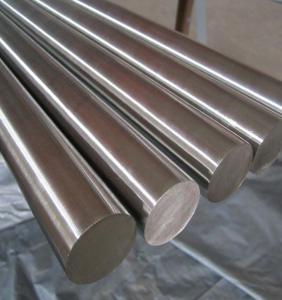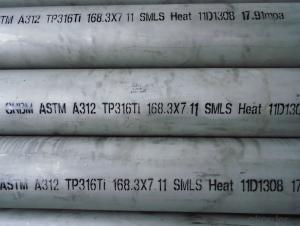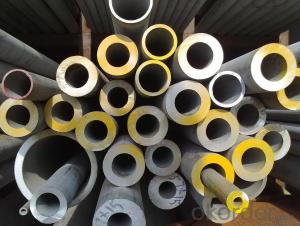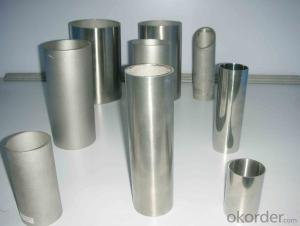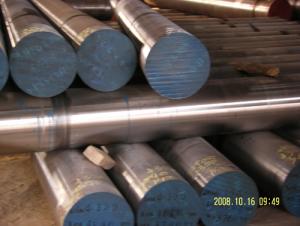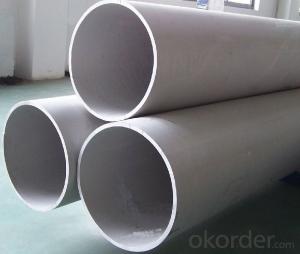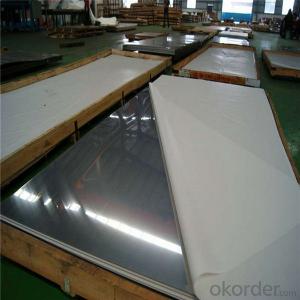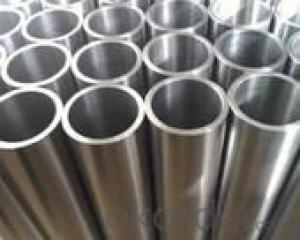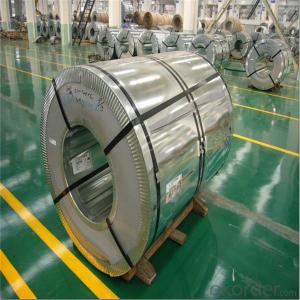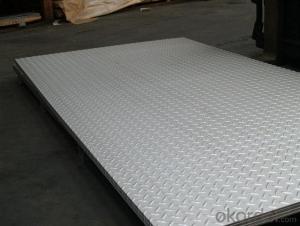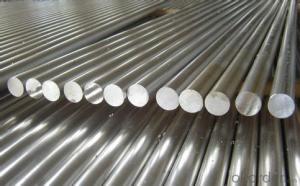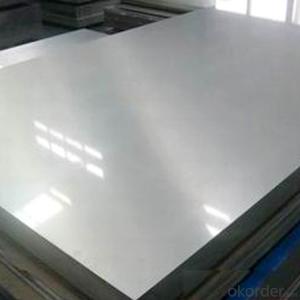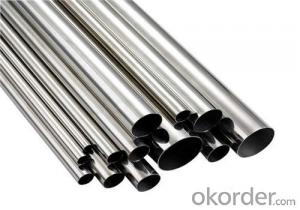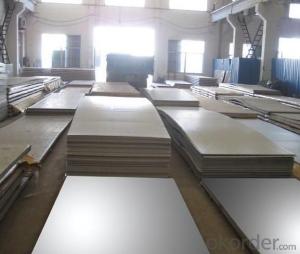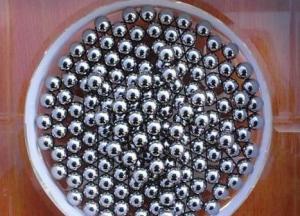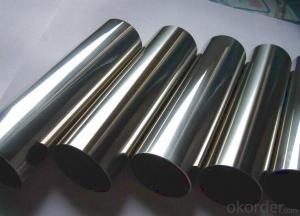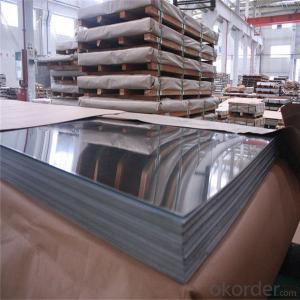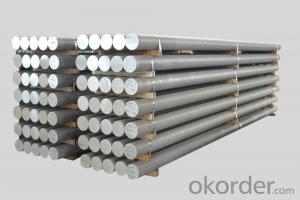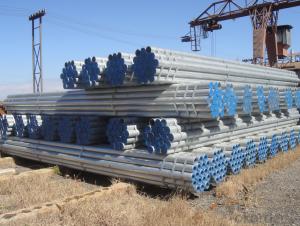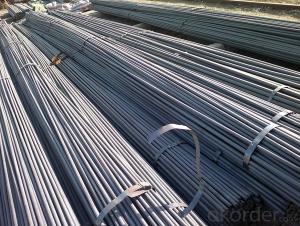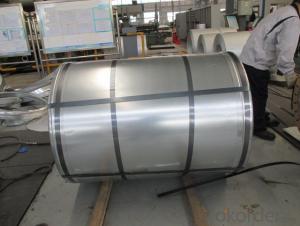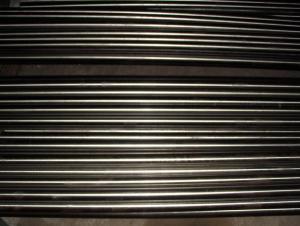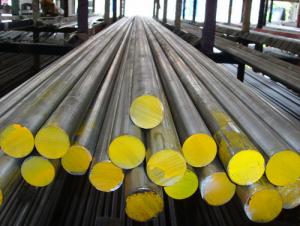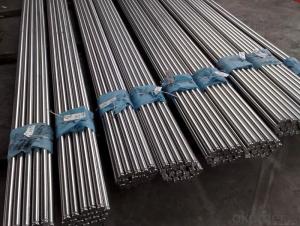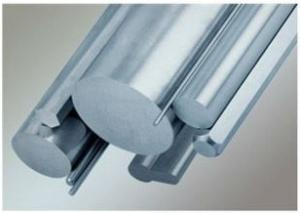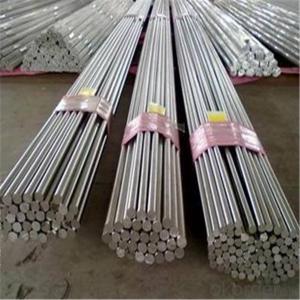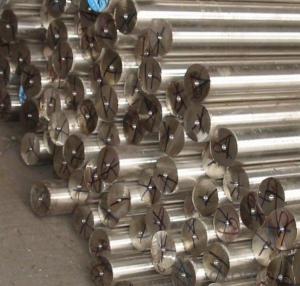316ti Stainless Steel
316ti Stainless Steel Related Searches
316l Stainless Steel Stainless Steel 316l Stainless Steel 316 Type 316 Stainless Steel 316 Grade Stainless Steel 316 Stainless Steel Tubing 316 Stainless Steel Sheet 316 Stainless Steel Rod 316 Stainless Steel Density 304l Stainless Steel Density Of 316 Stainless Steel Density Of Stainless Steel 316 316 Stainless Steel Price 316 Stainless Steel Hardness Aisi 304 Stainless Steel 304 Or 316 Stainless Steel Type 304 Stainless Steel T316 Stainless Steel 304 Grade Stainless Steel 305 Stainless Steel Grade 304 Stainless Steel 310 Stainless Steel 316 Stainless Steel Properties 316l Stainless Steel Properties 300 Stainless Steel 3 16 Stainless Steel 301 Stainless Steel 317 Stainless Steel 321 Stainless Steel 316 Stainless Steel Composition316ti Stainless Steel Supplier & Manufacturer from China
316ti Stainless Steel is a type of austenitic stainless steel that is known for its excellent corrosion resistance, particularly in environments with high temperatures and aggressive chemicals. This grade of stainless steel is often chosen for its superior strength and formability, making it a popular choice for various industries and applications.The 316ti Stainless Steel is widely used in a range of industries, including chemical processing, marine environments, and food processing due to its outstanding resistance to pitting and crevice corrosion. It is also favored for its high-performance characteristics in applications such as heat exchangers, valves, and pumps where both strength and corrosion resistance are critical. This product is also suitable for use in the production of various components that require high levels of durability and resistance to harsh conditions.
As a leading wholesale supplier, Okorder.com offers a vast inventory of 316ti Stainless Steel products, ensuring that customers have access to a reliable and consistent source of this high-quality material. With a commitment to providing top-notch customer service and competitive pricing, Okorder.com has established itself as a trusted supplier for 316ti Stainless Steel and other metal products, catering to the needs of businesses across various sectors.
Hot Products
